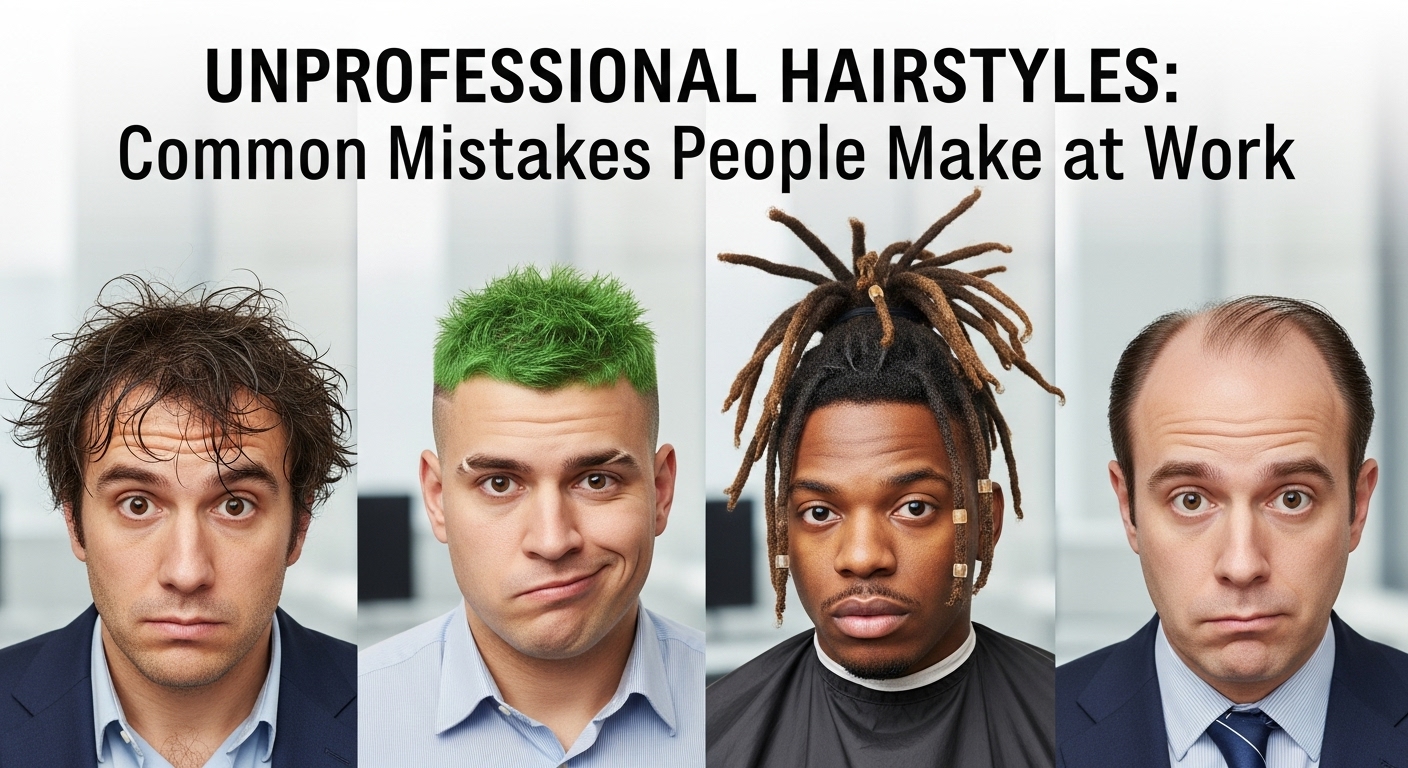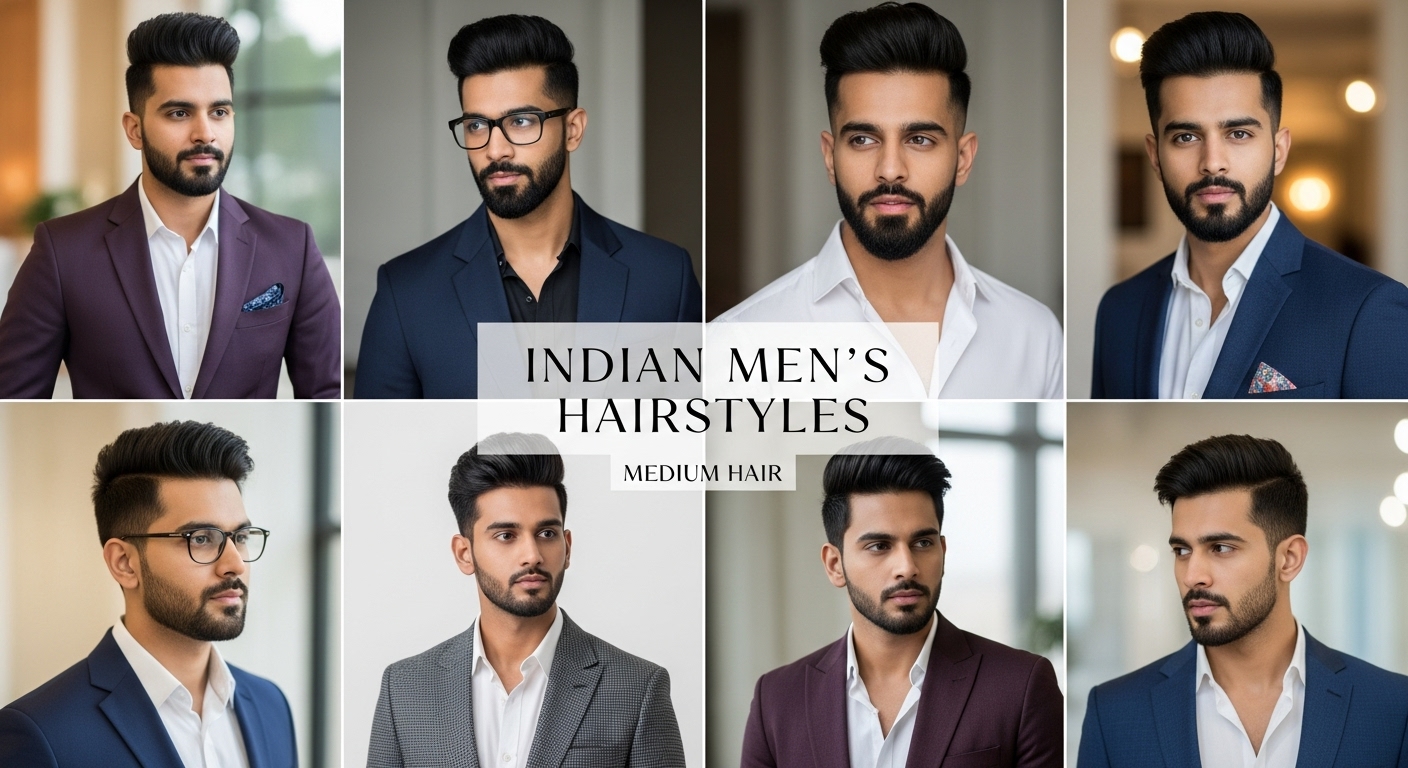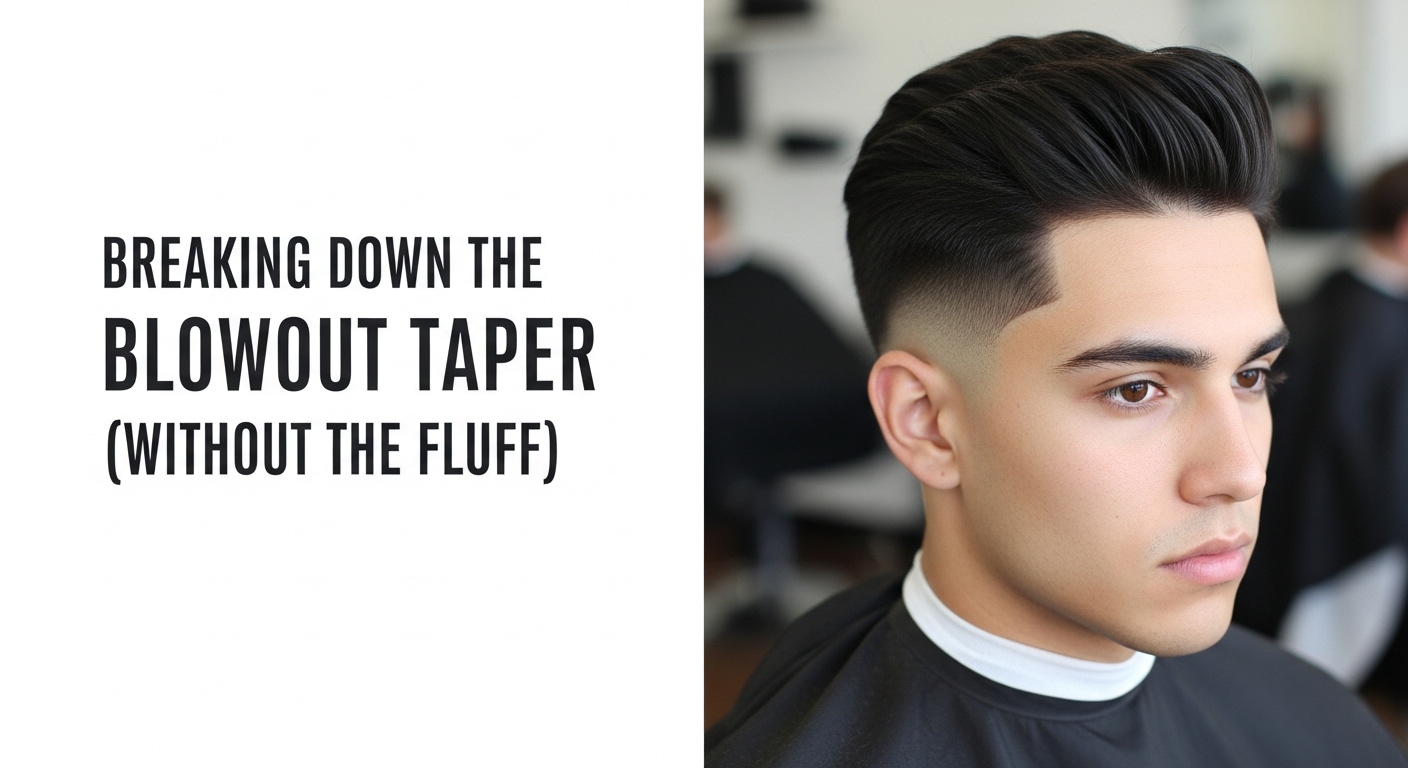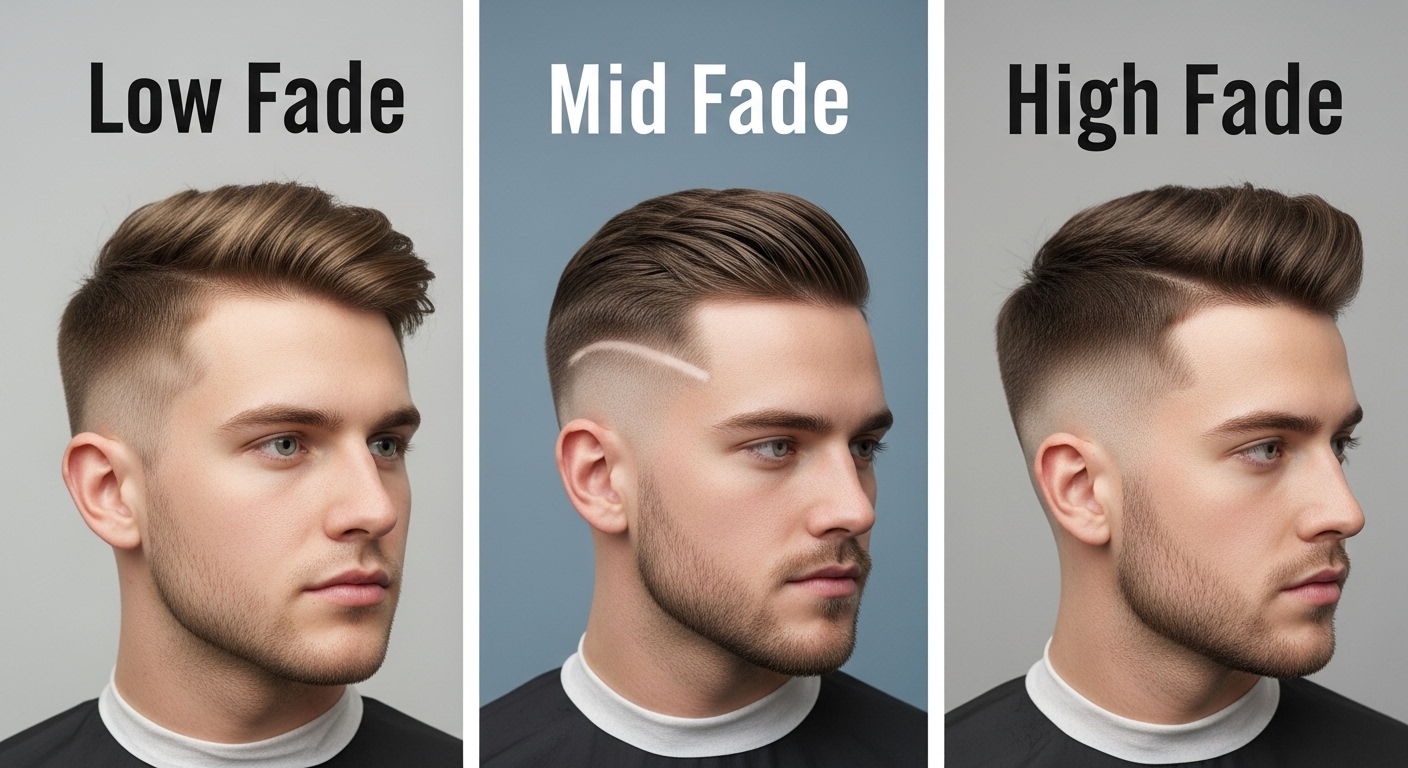Maybe starting with hair sounds like something the shallow would do, but to be honest, even before you say your first word, your hair will already “talk” for you. Walk into a workplace where you have a messy, distracting, or over-the-top style, and people will certainly notice. Not always in a good way though. The thing that sits on your head can significantly change your level of professionalism, whether you are aware of it or not. This piece is not about unprofessional hairstyles style gatekeeping. It is about recognizing those minute hair related things that certain individuals do that accidentally make them appear to be untidy, misunderstood, or merely diverting attention. And to confirm that, yes, these people persistently keep making such errors.

Why Hairstyles Matter at Work
Some offices are lenient with mistakes and mishaps, while others are strict. Anyway, a hairstyle you go for is one of the first images people have in their heads after meeting you. Basically, it speaks—a thing it can do wrongly at times. Looking at classic 70s hairstyles can give you ideas for a style that sends the right message without overstepping workplace norms.
Hair is a basis of people to judge whether you have confidence, take care of yourself, or live in chaos. A messy bun can give an impression as if it were done in a hurry. Too much gel will make your hair look like it is from the first decade of the 21st century. Also, if you come to the party with your hair not washed or greasy, no matter how good you are dressed the effect will always be off.
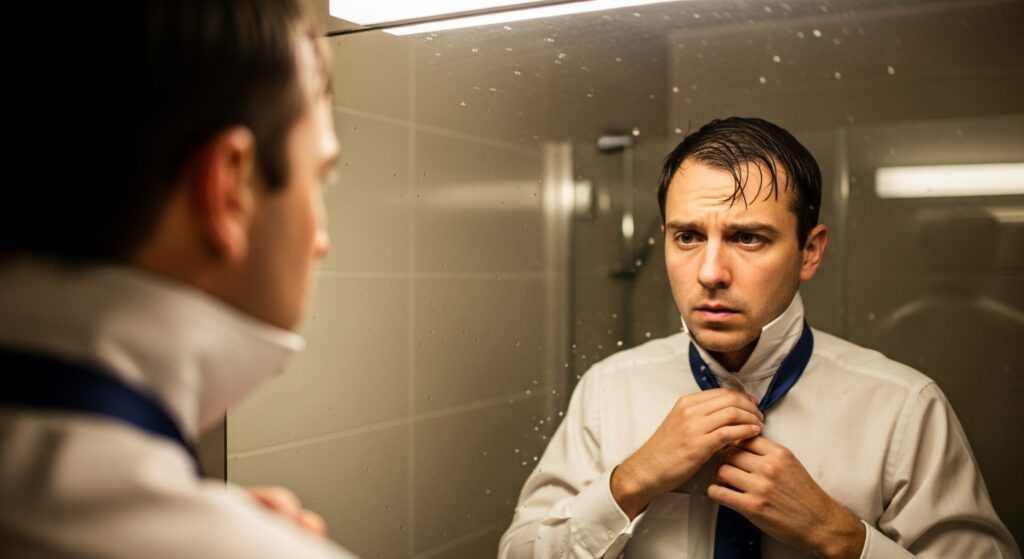
The Most Common Unprofessional Hairstyles Mistakes
Unprofessional hairstyles are not a reason for hair to lose its creative edge. It is just about eliminating those that make your prep work non-existent or that you brushed the surroundings aside and thought nobody notices or cares. Here are a few of them which we often come back to.
1. Messy or Bedhead Styles
One of the most obvious mistakes is rolling out of bed straight and showing up like that. CSSM office notwithstanding, hairstyle insecurity often leads employees to stylize their hair messily without paying attention to what is already in fashion – however, at an office, they usually look shabby.
2. Excessive Hair Gel or Wax
Excessive hair pieces, tight kinky curls, and overly sticky and shiny slick-backs are not fashionable these days. They let people think that you are making a lot of effort which in return ironically makes you less professional.
3. Overgrown Hairlines and Necklines
Long hair is a haircut that has stretched beyond its dimensions, descending hair from the neck, sideburns that are not of the same length… These things show the lack of taking care of oneself. The unfinished hair kills the elegance of your clean outfit.
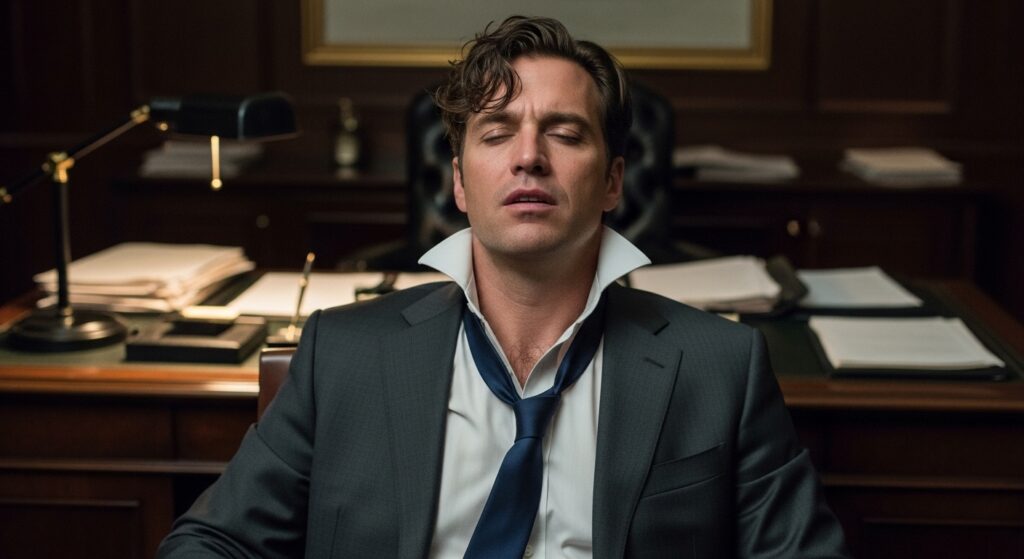
4. Distracting Color Experiments
The bright highlights of the neon or the bleaching that is too harsh at the wrong place of work are the elements that jolt out of the scene. Although not every office has a ban on hairstyles, extreme color tones can get you the attention but not from your work.
5. Greasy or Dirty Hair
This is something that can be understood everywhere. The style does not matter if it is oily; hygiene is what the people think. Even a sharp look like the Hitler haircut can lose its appeal if not maintained properly, proving that cleanliness matters more than the cut itself.
Hairstyles That Work Better
Professional does not mean that it is dull. It just embraces the careful, intentional, and the one that is suitable for the workplace. Some good options:
| Style | Why It Works | Best For |
|---|---|---|
| Clean Taper | Simple, neat, timeless | Office jobs, corporate settings |
| Short Fade | Modern but controlled | Younger professionals, creative fields |
| Medium Textured Cut | Balanced, not too stiff | Casual workplaces |
| Pulled-back Bun (neat) | Keeps hair tidy | Longer hair professionals |

How Context Shapes “Professional”
Permitted at a law firm, things might have no use in a design studio. Context is what determines whether your hairstyle will be the “good” or “unprofessional” ones. The people in a creative agency might like your strange and crazy style. A bank definitely wouldn’t.
Some say it is wrong. And they are right to a certain extent. But perception is the company’s culture, like the culture which is a part of career deciding, whether we want it or not.
Grooming Details That Get Ignored
Sometimes the haircut is not the one to blame. It Is the small things in the small things.
- Uneven beard blending with hair
- Visible dandruff
- Split ends
- Hair accessories that look like gym gear
Those little things make the whole appearance look bad even when the basic hairstyle is nice.
Final Thoughts
Essentially, unprofessional hairstyles do not imply that you lack talents or that you are stupid. Nevertheless, people are judgmental, and places of work are perception-based.
Actually, keeping hair neat, well-balanced and contextual is not a compromise—it is simply the case of not allowing your hair to distract people from watching your work.
Additionally, no one wants to be remembered by their greasy hairpart instead of their presentation.
FAQs
1. What unprofessional hairstyles for men?
Messy bedhead, greasy hair, overgrown necklines, extreme colors, and outdated spiked styles are the most common ones.
2. Can a man with long hair look professional?
Sure, if it is maintained clean, trimmed, and tied neatly if required. Loose and disheveled long hair is usually less professional.
3. Is colored hair allowed in professional workplaces?
In general, it is dependent on the office culture. Conservative sectors usually turn down the request for permission, while the cultural sectors are more open-minded.
4. How often should men get a haircut for a professional look?
In case your hair grows at an average speed and you keep the same hairstyle, then a time interval of 3 to 6 weeks is a nice period to get a haircut.
5. Why do hairstyles impact professionalism?
As hair is one of the first things that people check out. It makes the first impressions and provides an idea of how clean or orderly you are.

Roy Anderson brings a deep love for hair care and styling products, offering practical advice on keeping your hair in top shape every day. He reviews popular and underrated hair products to guide readers toward the best choices. Roy also shares home care routines to promote strong, healthy hair.

